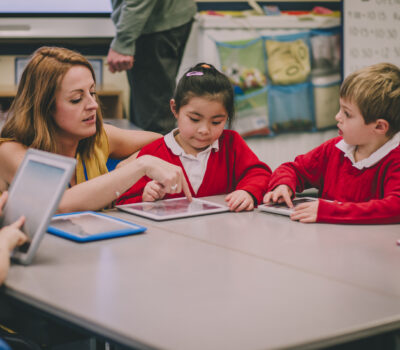

The process of daydreaming has long fascinated me right from the moment when it was written on my school reports. ‘Jayne needs to stop daydreaming and think about what is happening in the present.’ was one I particularly liked; especially as it was from my drama teacher!

What my teachers didn’t realise was that I was listening to them, taking on board their new ideas & information; just assimilating it in my own unique way- my preferred way of learning.
Rolling ideas around in my head allowed me to consider possibilities, alternatives, test & conclude until the new information sat securely in my brain ready for me to retrieve it for reporting or adapting.
It seems that I was in good company. Albert Einstein’s visionary daydreams helped him conceive the theory of relativity while he toiled away at a humdrum job in the Swiss patent office. Not much comfort for the 14-year-old me feeling very badly done to & misunderstood.
What does the research say about the role of daydreaming as a useful strategy to enhance learning?
Singer is the most renowned advocate of daydreaming & the streams of consciousness, with his original research taking place in the 1950’s & being presented in his 1966 work Daydreaming: An Introduction to the Experimental Study of Inner Experience
He concluded that daydreaming has enormous benefits not only in developing a healthy outlook to life but also as a powerful agent in accelerating learning, stating ‘that daydreaming is the default mental state of the human mind’ suggesting that this process is an innate drive & automatic state in all of us.
A specific type of daydreaming explored during his research- Positive-Constructive’ was associated with openness to experience, reflecting a curiosity, sensitivity, and exploration of ideas, feelings, and sensations.’
There have been many other researchers influenced by Singer who have taken his initial findings further; particularly considering the role of daydreaming or ‘mind wandering’ in an ever changing & demanding educational landscape. Many of these more contemporary studies have considered the place of neuroscience in determining the principle of daydreaming & the action of carrying this out.
A study carried out by the University of Stirling (2008) found that children who daydreamed performed better in tests and problem-solving tasks such as balancing a beam with asymmetrical loads than those who did not daydream. Researchers compared those who looked away from others at points during a lesson versus those who do not do this instead focussing intently on the teacher.
Youngsters aged four to six, for example, were more likely to avert their gaze when carrying out a task they found difficult, or that was new, but looked away less if being tested by someone they knew.
For older children, so-called ‘gaze aversion’ was linked to the complexity of the task in hand, rather than familiarity with the tester.
These results are important because they show that children avert their gaze when they are trying to carry out a task which is difficult or with which they are not yet familiar.
Given that there seems to be a growing bank of projects, research & opinion on neuroscience, learning styles & cognitive pedagogy, what, if any, is the role of daydreaming in the development of an aspirational holistic curriculum for our children? Does it have a place in teaching & learning?
Let’s look at what is considered important for any adult supporting any child:
Perhaps when these characteristics are considered, there are more potential elements of daydreaming which arguably have a place in the curriculum.
Daydreaming, as the research has shown us, can give children the opportunity to consider information and ponder whether this information makes sense in their own mind/beliefs; giving them the further opportunity to mould an alternative viewpoint if needed. Daydreaming gives children the wonderful opportunity to enter a make believe life; one which is full of countless possibilities, based on ideas & influences assimilated through life. Reflect on the advantage of this for writing, storytelling, designing, acting etc. The development of thinking skills potentially has its closest links with daydreaming. Teaching children to understand & use the process of daydreaming (or mind wandering, thought channelling, possibility thinking) gives everyone; regardless of their abilities, needs & personal learning style an additional tool which could open up the world of learning & work towards strengthening the connections to make content more secure.
This is what I have found which has worked for me. (Please feel free to consider/disregard any/all of these suggestions. I appreciate that we all have a varying pedagogy & have different children with different needs whom we support).
Last thought: think back to when you last day dreamed…. not the daydream where you were sat on a lovely beach with a certain someone living an alternate life, but ‘consciously’ daydreamed. You may have heard something on the news which encouraged you to enter a different place in your mind to assimilate the information, churn it round & either accept or adapt it or you may have had a conversation with a friend or colleague which prompted you to delve back into a distant memory, retrieve information to add new ideas to.
If we can recognise the power of daydreaming for us, then perhaps this is sufficient reason to include it in your classroom?